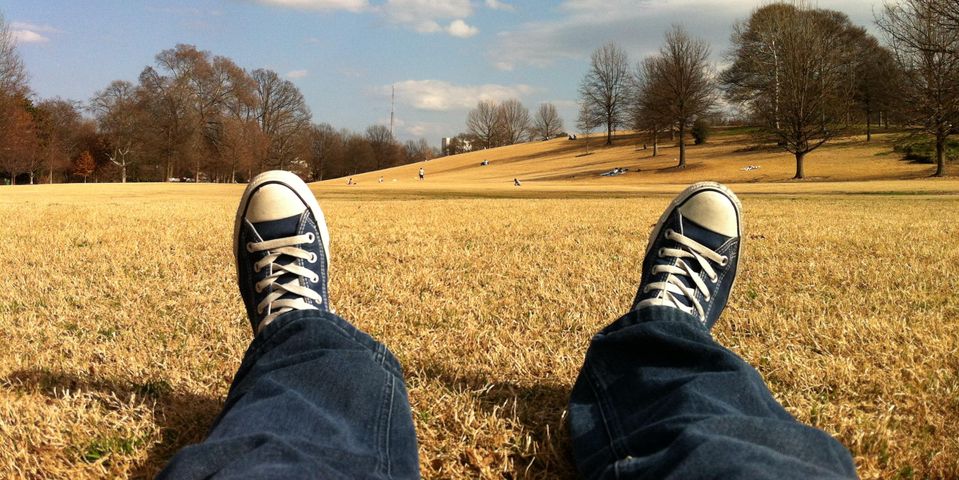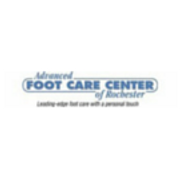5 Common Reasons People Get Hammer Toes

Hammer toe is a painful condition in which a toe, usually the first or second, starts to curl downward. People with this deformity can experience pain while walking or by simply trying to move the toe. Dr. Joseph G. DiPrima, Fairport, NY’s premier foot doctor, understands that some people are born with hammer toe. However, in most cases, it develops later in life as a result of arthritis, genetics, or other conditions.
Here to explain five common causes of hammer toe in greater detail is Dr. Jospeh G. DiPrima:
-
Injury: Certain injuries, including breaking or even stubbing a toe, can make it more likely to become a hammer toe if the injuries don’t heal correctly.
-
Arthritis: Arthritis, especially rheumatoid arthritis, gives people an increased risk of developing rigid hammer toes because of the weakening effects it has on tendons and ligaments.
-
Genetic Predisposition: People with unusually flat feet or high arches are more likely to develop hammer toes later in life as their feet are less stable. In addition, those with one unusually long toe (usually the second or third) will be more likely to develop hammer toes. Certain diseases, such as diabetes, may also predispose someone to the condition.
-
 Small Shoes: If you often wear tight or pointy-toed shoes, you have an increased risk of developing hammer toes. This is because the limited space forces the tendons of the affected toe into an unnatural position with no room to lay flat. Many women’s shoe styles contribute to hammer toe formation.
Small Shoes: If you often wear tight or pointy-toed shoes, you have an increased risk of developing hammer toes. This is because the limited space forces the tendons of the affected toe into an unnatural position with no room to lay flat. Many women’s shoe styles contribute to hammer toe formation. -
Bunions & Corns: Often caused by extra friction from tight-fitting shoes, thickened layers of skin, such as calluses, corns, and bunions, can contribute to or aggravate hammer toes by exerting additional pressure on them.
If you’ve developed hammer toes, bunions, or another foot condition and need treatment, give Dr. Joseph G. DiPrima a call for your initial consultation at (585) 249-0020. For more information, you can visit the Fairport, NY, foot doctor online.
About the Business
Have a question? Ask the experts!
Send your question

